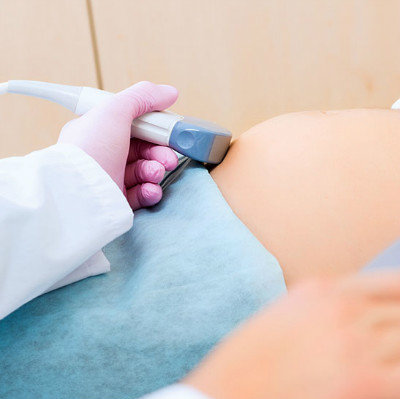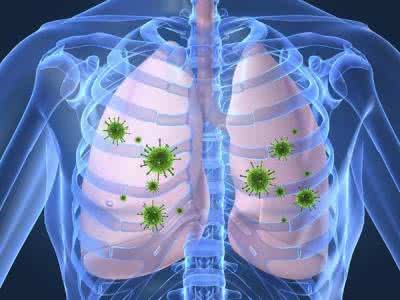What symptom does infantile pulmonary hypertension have?
summary
Severe hypoxia and mixed acidosis lead to pulmonary artery spasm or myometrial hyperplasia (long-term hypoxemia), increase of pulmonary artery resistance and right ventricular pressure, resulting in right to left shunt at foramen ovale level; At the same time, it can make the ductus arteriosus in functional closure or patent reopen, resulting in right to left shunt at the level of ductus arteriosus. It further aggravates hypoxemia and mixed acidosis, forming a vicious circle, that is, persistent pulmonary hypertension in neonates. What symptom does infantile pulmonary hypertension have? I'd like to share my views with you.
What symptom does infantile pulmonary hypertension have?
1. PHN often occurs in term infants and premature infants with well-developed pulmonary artery smooth muscle. Amniotic fluid is often contaminated by meconium.
2. After birth, except for short-term distress, it is usually normal; There was no correlation between respiratory distress and the severity of hypoxemia.
3. After high concentration oxygen inhalation, the cyanotic symptoms of most children can not be improved, which is difficult to distinguish from cyanotic congenital heart disease. There was no correlation between respiratory distress and the severity of hypoxemia. After high concentration oxygen inhalation, the cyanotic symptoms of most children can not be improved, which is difficult to distinguish from cyanotic congenital heart disease.
matters needing attention
Check item 1, hemogram: if caused by meconium aspiration pneumonia or sepsis, it is infectious hemogram. The red blood cell count and hemoglobin increased in the patients with higher blood viscosity. 2. Blood gas analysis: arterial blood gas showed severe hypoxia, PaO2 decreased, and the partial pressure of carbon dioxide was relatively normal. 3. Chest X-ray: the proportion of heart and chest can be slightly increased. About half of the children's chest X-ray films show that the heart is enlarged and the pulmonary blood flow is reduced or normal. For simple idiopathic persistent pulmonary hypertension, the lung field is often clear and the vascular shadow is few; Other X-ray features related to primary lung diseases, such as meconium aspiration pneumonia.










